CN is struggling to keep up with stronger-than-anticipated volume amid crew shortages and congestion, particularly on the railway’s key corridor linking Edmonton, Alberta, and Chicago.
Locomotives also are in tight supply, despite the delivery of the last of 22 new ES44ACs from General Electric in September, and the addition of 50 locomotives pulled from storage this fall.
Another 50 previously stored units are undergoing accelerated overhauls but won’t be ready for service quickly enough to power an onslaught of intermodal and frac sand volume.
“The good news is there are some locomotives available on the lease market,” Chief Financial Officer Ghislain Houle told an investor conference last week. “So we are going to get some locomotives on the lease market to help as a stopgap measure. But these are expensive, and you don’t want to start leasing locomotives, because these are your bread and butter. So don’t be surprised next year if you hear us being in the market to acquire locomotives.”
CN’s board of directors meets this month to consider the railway’s proposed capital budget for 2018.
Meanwhile, CN is leasing 100 locomotives, Chief Marketing Officer Jean-Jacques Ruest told the RailTrends 2017 conference last week. Half of the units hit CN rails in November, he tells Trains News Wire, while the remainder are expected to arrive in January.
Leased units spotted on CN trains recently include Citirail ES44ACs, Progress Rail ex-Santa Fe SD75Ms, and GE Capital Leasing former CSX Transportation Dash 8-40-CWs.
CN expects to have 250 new conductors join the ranks by the end of the year, and an additional 415 conductors in service by the end of March, Houle told the Credit Suisse Industrials Conference last week.
Ruest spoke before RailTrends 2017, a conference sponsored by analyst Anthony Hatch of ABH Consulting and the industry trade publication Progressive Railroading.








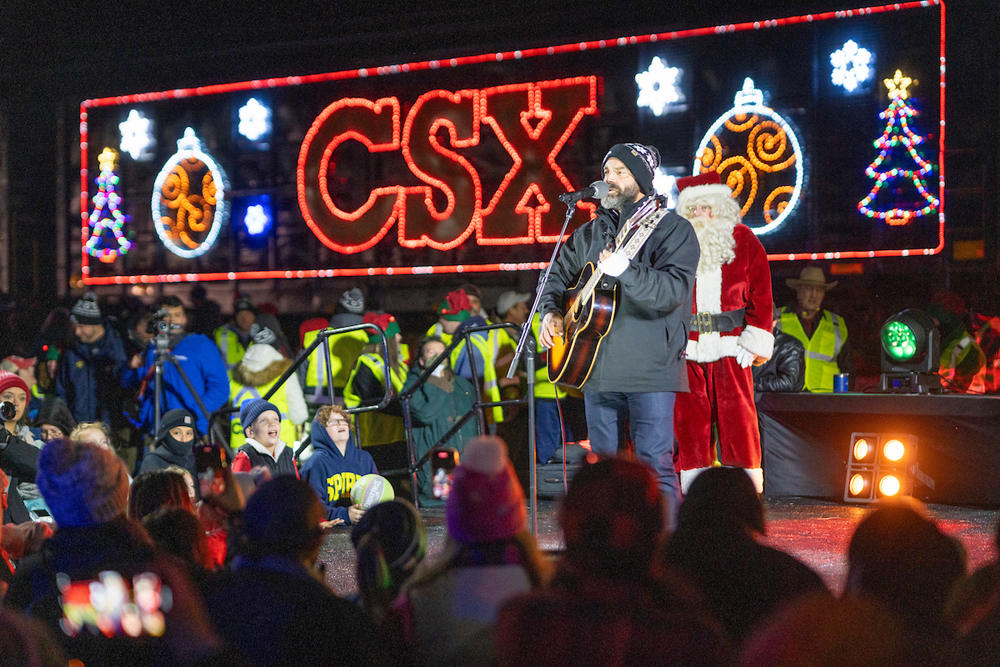
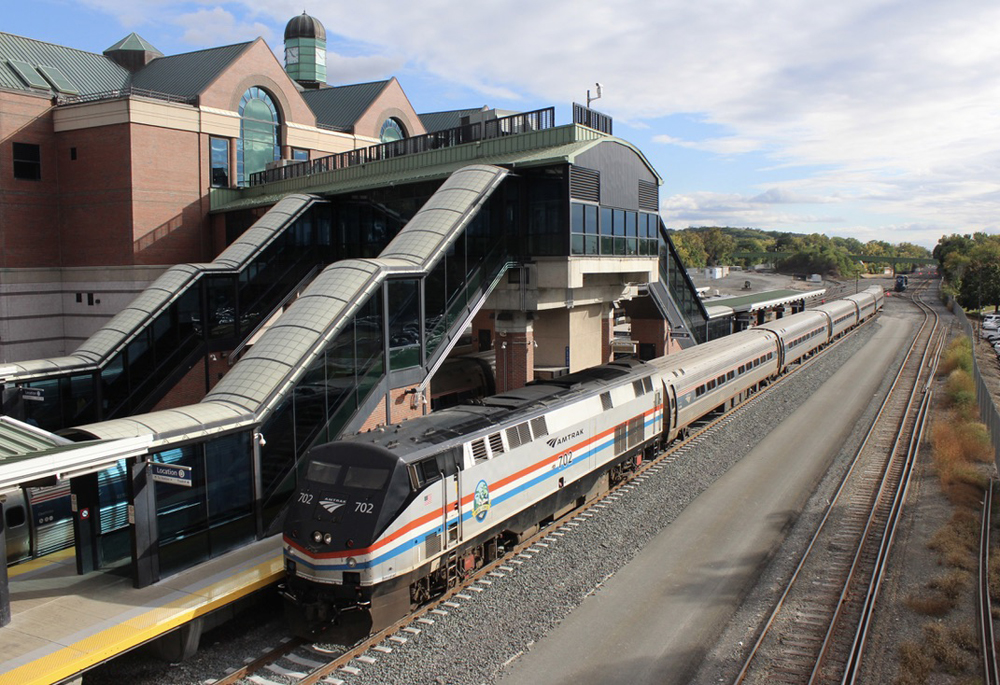
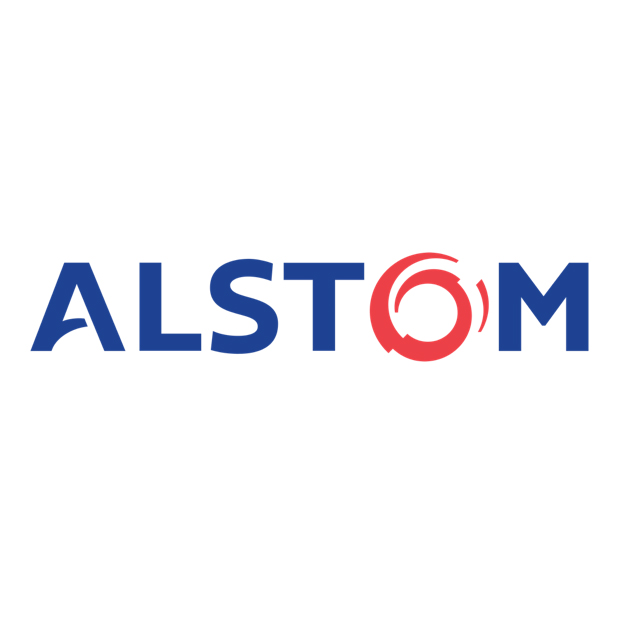
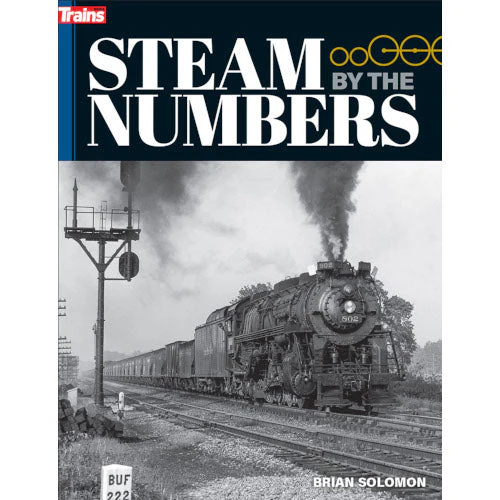


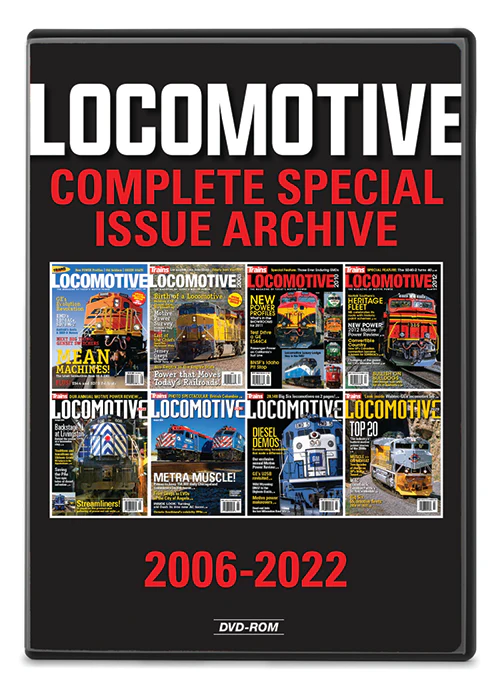
Boom times on the CN, Eh?
To add to Mr. Turcotte’s eloquent points below about CN’s troubles in the early 2000s, they also had some really bad accidents back then. There were several bad accidents on the BC Rail in western Canada after CN took it over (in 2004?). This included one runway train down CHeekus (?) River gorge (in central BC) where the locomotive in question had no dynamic brakes (on a two percent+ downhill grade), I think they never found the brakeman in this accident (swept away in the river along with the loco) and the engineer was badly injured (?).
Bad times on the CN back then ….
Glad to see the CN is doing well now with booming business levels, in contrast to other Class I RRs that haven’t seen such an uptick in business ….
It’s a good thing EHH has been gone for nearly a decade. CN would have choked to death had his methods still been in use. People praising Harrison for CN’s current impressive growth are obviously either forgetful or ignorant of how screwed-up CN used to be in the early 2000’s. Trains were continuously held for lack of power or crew, loose cars were parked in sidings or mainlines everywhere and sat there for weeks, yards were overflowing, 12000′ trains were trying to meet on territory without long sidings, trains were running with ridiculously low HPT ratios and stalling on minor grades, trains were breaking in two because of lack of DPU, locomotive availability was tanking because they were being beaten to death, customers were being switched once a week instead of once a day, locomotives were missing their mandatory inspections, track maintenance was being deferred, etc.
CN is doing good because most of those policies have been reversed since 2009. New and used locomotives were bought, new people were hired, terminals got expanded, deferred maintenance remedied, and the railroad is finally expanding again. Harrison would never, ever let that happen, he would have turned the business away because it doesn’t fit his 1980’s mentality, when profitability came from shrinking the plant.
Now, if CN is serious about retaining that business and growing it furthermore, let’s start extending more sidings on that Northern Ontario main line, and restore the second main track so stupidly removed by Harrison around Jasper. Keep in minds that trains now run at 14000′, not at 12000′.
And let’s get intermodal back in shape in the Eastern Corridor, running everything on a single pair of trains (120-121) has shown its limit, and Toronto is in dire need of a second intermodal terminal for East-West traffic.
Wow CN does seem to be healthy, profitable, and prosperous, even with all those “evil overpaid union people” that Earl and Mr. Mcguire seem to despise. How can that be? And gasp, CN is hiring more! Just goes to show that despite the usual blame game, maybe labor is NOT always the problem. Right now I would suspect they are all working their asses off trying to keep the stuff moving. I just traced another CN box from Menasha, WI to the Bay area in Calif. Sat at NFDL for almost 60 hrs after arriving there before departing again. 17 days total transit time from the time it was pulled to the time it shows for delivery.
I have no doubt that the traffic is there, but I wonder how much of the need for new locomotives is because of their poor velocity. Fred Frailey’s recent blogs and associated comments on his recent VIA trip from Toronto to Vancouver tell stories of horrendously long trains minimally powered. One CN insider quotes the amounts of scheduled running time that has been added to trains (there are no “hot” intermodal trains), and another states how almost all trains are reverting back to the steam engine era crew districts (100 miles or so) because that’s all the further trains can get within the crew’s hours of service. A common misperception when some train might be holding for locomotive power is that the railroad doesn’t have enough, but the reality could be that the velocity of the trains, and then also the cycle time of the locomotives, is so poor that the locomotives the train does have just aren’t able to be positioned in time to protect trains when needed. This kind of operation also increases crew costs, costs associated with car cycle time, fuel costs, and generally provides poor on-time performance of shipments. Perhaps VIA’s “Canadian” operating 12 hours late on a schedule already inflated over 12 hours from 20 years go is the “canary in the coal mine.” Sure, CN’s operating ratio is low, but as pointed out in an article in a recent issue of TRAINS, not everyone subscribes to that being the ultimate measure of good – even profitable – railroading. Other things are worth considering.
Gents, You’re missing the point. CN is doing so BECAUSE EHH changed things and got rid of alot of excess baggage not inspite of
Its Amazing that CN is Doing so well after they are free from Hunter Harrison unlike the current condition of CSX under his leadership
ROBERT
…..It was EHH that put CN on this Path to prosperity etc . Thanks to him I still have my job going on 40years.
He cleaned house -from the workers and many Superintendents and their assistants etc etc
Rumor has it if they add one more carload, their network will seize up from capacity constraints.
I bet CSX can sell them some recently stored serviceable motors.
Well, it certainly seems like CN is a prosperous, healthy and profitable railroad. They certainly won’t need EHH to help straighten them out. Oh wait…
cn or cp can have him back.
Pay this knucklehead 300 million to cut costs